Boomn4x4
TPF Noob!
- Joined
- Mar 15, 2010
- Messages
- 766
- Reaction score
- 4
- Location
- Ohio
- Can others edit my Photos
- Photos OK to edit
Just got done reading Understanding Exposure (Bryan Peterson) last night, and after all the talk about it here, I'd have to say that I was a bit disapointed.
It did do a great job of explaining aperture, and shutter speed... but honestly, there wasn't any earth shattering information in there that I didn't already get from much of the reading I have done on variouis Internet sites.
The other thing I did really like was how each of Peterson's photos had very nice descriptions on how he acheived the results. Having aperture and shutter data is always nice, but he often went far and beyond by explaining how he composed the subject and what effect he was going for. It would really help to use these as examples, and the book makes a great guide.
The one area I did benefit quite a bit from were the sections on metering... specifically "Mr. Blue Sky" and "Mr. Green Jeans" Of all the things I took out of the book, metering off of the sky or green areas in the case of a lot of green, is the one thing that will improve my photography the most.
As for the dissapointments... ISO. The first few pages of the book, Peterson pointed out how important the exposure triangle is... ISO, Shutter Speed, and Aperture. Then after the first few pages, ISO dissapears from the face of the planet. It isn't until he gets to "film v digital" before ISO is really mentioned again. As a matter of fact, at one point, he acutally stated that he never changes his ISO speed. If ISO is so critical to the exposure triangle, then why do I know nothing more about using it in my photography than before I read the book? Even as a beginner, I have to question the expert here and say that I feel ISO is much more important than he led onto in the book and I feel like I missed quite a bit here.
Flash photography. I know this subject entails entire books on its own... but lets face it, flash photography IS very much apart of acheiving proper exposures. One of the things I struggle most with, is acheiving good results using the flash. For a "beginners" book on understanding exposure, I really feel like Peterson wiffed big time on this one by not including it. Especially since he took the time to go into detail on filters, "exploding" shots, and multiple exposures. I would have rather gotten 4 pages of using a flash than an entire chapter of using filters.
Bottom line... its a decent book and worth the $17 I paid for it. But it didn't come any where close to living up to my expecations that I got from reading about the book and the recommendations I recieved on it.
It did do a great job of explaining aperture, and shutter speed... but honestly, there wasn't any earth shattering information in there that I didn't already get from much of the reading I have done on variouis Internet sites.
The other thing I did really like was how each of Peterson's photos had very nice descriptions on how he acheived the results. Having aperture and shutter data is always nice, but he often went far and beyond by explaining how he composed the subject and what effect he was going for. It would really help to use these as examples, and the book makes a great guide.
The one area I did benefit quite a bit from were the sections on metering... specifically "Mr. Blue Sky" and "Mr. Green Jeans" Of all the things I took out of the book, metering off of the sky or green areas in the case of a lot of green, is the one thing that will improve my photography the most.
As for the dissapointments... ISO. The first few pages of the book, Peterson pointed out how important the exposure triangle is... ISO, Shutter Speed, and Aperture. Then after the first few pages, ISO dissapears from the face of the planet. It isn't until he gets to "film v digital" before ISO is really mentioned again. As a matter of fact, at one point, he acutally stated that he never changes his ISO speed. If ISO is so critical to the exposure triangle, then why do I know nothing more about using it in my photography than before I read the book? Even as a beginner, I have to question the expert here and say that I feel ISO is much more important than he led onto in the book and I feel like I missed quite a bit here.
Flash photography. I know this subject entails entire books on its own... but lets face it, flash photography IS very much apart of acheiving proper exposures. One of the things I struggle most with, is acheiving good results using the flash. For a "beginners" book on understanding exposure, I really feel like Peterson wiffed big time on this one by not including it. Especially since he took the time to go into detail on filters, "exploding" shots, and multiple exposures. I would have rather gotten 4 pages of using a flash than an entire chapter of using filters.
Bottom line... its a decent book and worth the $17 I paid for it. But it didn't come any where close to living up to my expecations that I got from reading about the book and the recommendations I recieved on it.


![[No title]](/data/xfmg/thumbnail/36/36397-b2aca1c8ba1009853020154d6dd4b0e5.jpg?1619737550)
![[No title]](/data/xfmg/thumbnail/40/40297-5b7d12c4c72c43b505a6f575d338d573.jpg?1619739411)
![[No title]](/data/xfmg/thumbnail/40/40299-41bf1ccac2889096fb5f4fcffdd56721.jpg?1619739411)
![[No title]](/data/xfmg/thumbnail/36/36400-97a007ae878e1032155c7a7d47eeba73.jpg?1619737552)

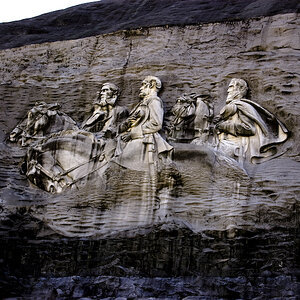
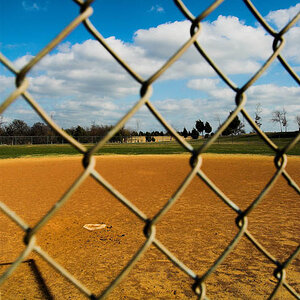
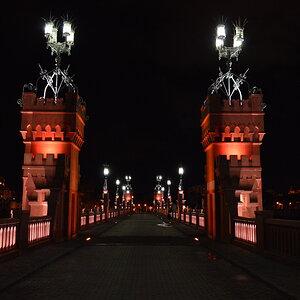
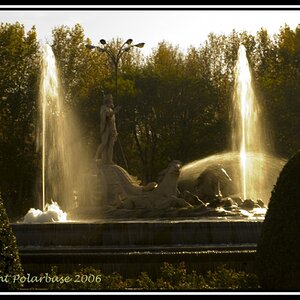
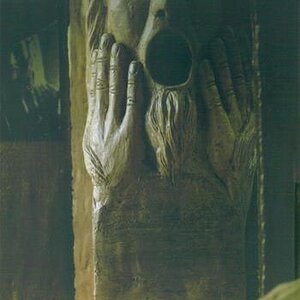
![[No title]](/data/xfmg/thumbnail/40/40296-1e3931509698e96fed6a0e43f5cb4adc.jpg?1619739411)
![[No title]](/data/xfmg/thumbnail/38/38263-ad5e4c9e677626ddb5b1e7cdf9ebe40e.jpg?1619738548)